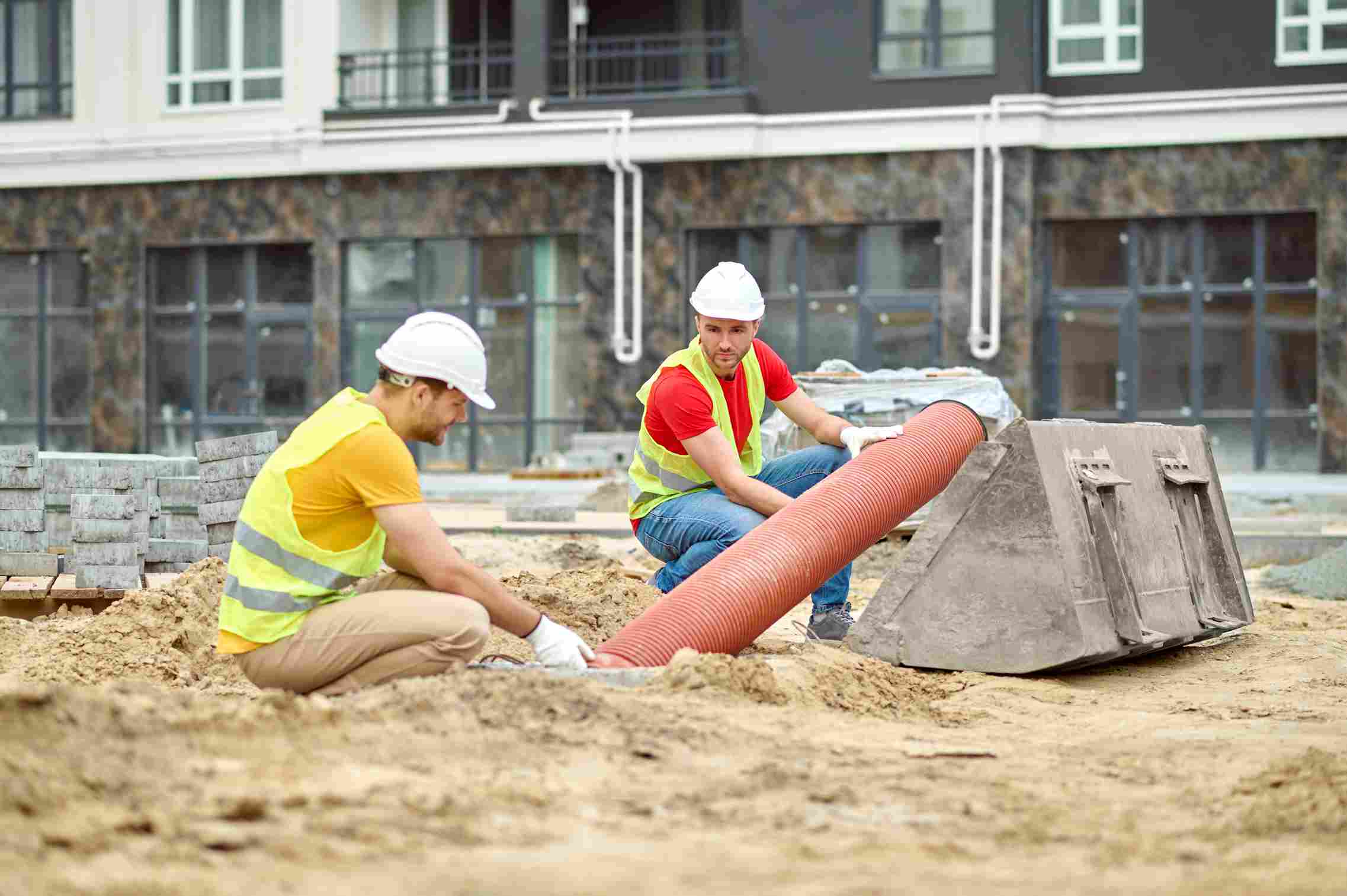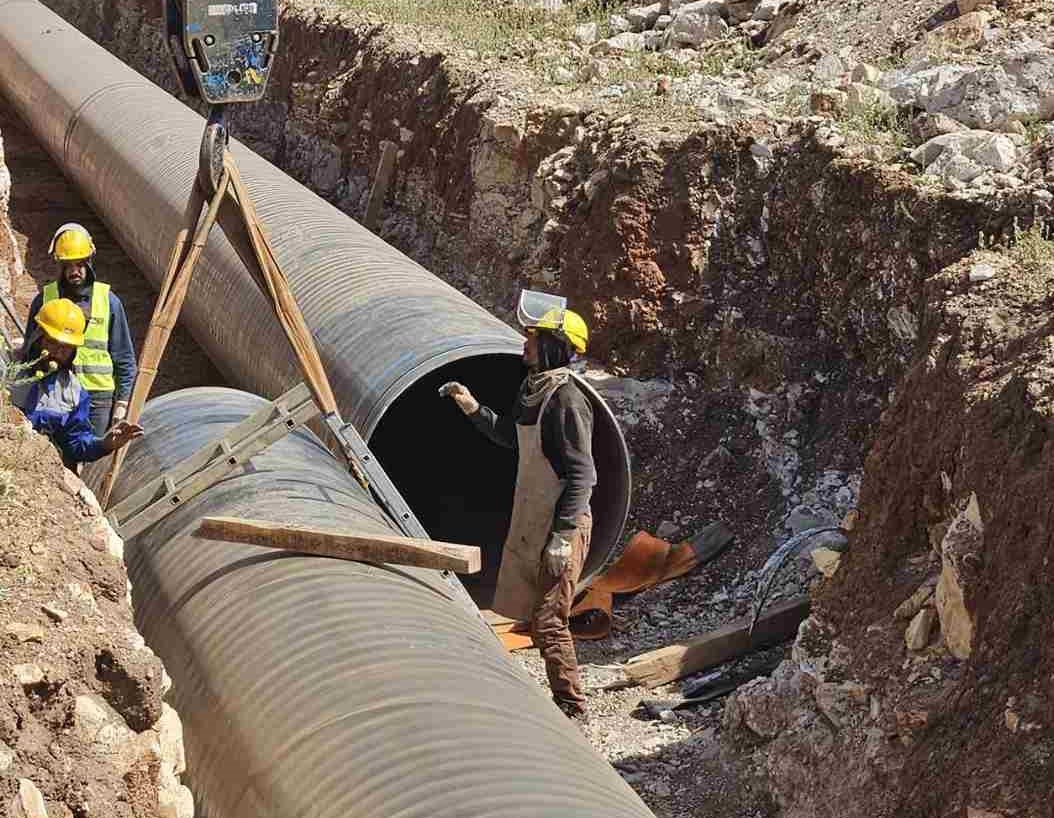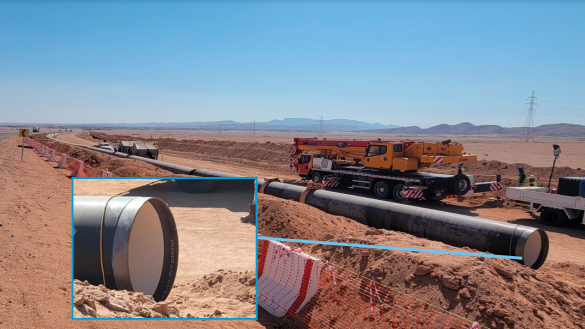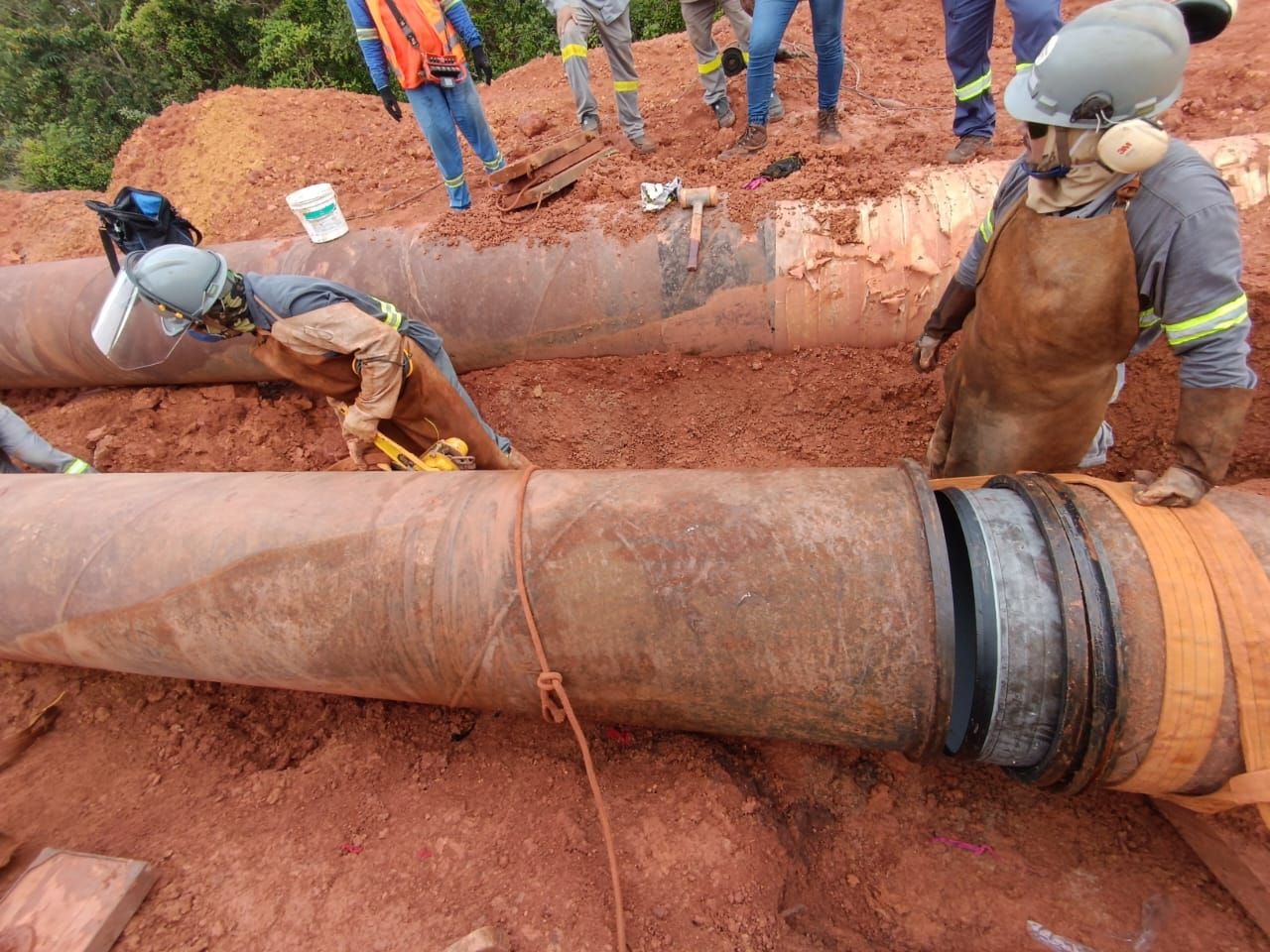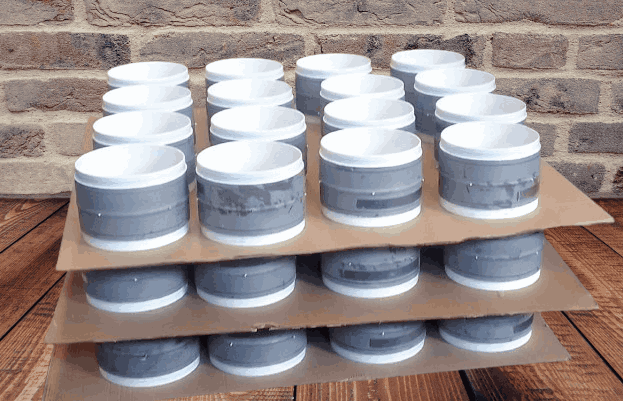Pipelines, which are the veins and arteries of contemporary civilization, silently transported the oil, gas, water, and other vital fluids that power our homes, businesses, and economies. However, underlying their steel exteriors is an inherent vulnerability that severely threatens their integrity – pipeline corrosion.
The quiet enemy of corrosion relentlessly attacks pipelines, which result in billions of dollars in losses, environmental risks, and supply chain delays. It subjects pipelines to various corrosive agents, including moisture, salts, acids, and different pollutants, as they span large distances, travel across rough terrains, and pass through aquatic environments.
These priceless pipes are subject to corrosion-induced breakdowns of suitable protection, harming people, property, and the environment.
We embarked on a journey in this blog to learn how innovative coating technologies function as a potent defense against the corrosive forces that aim to jeopardize the durability and dependability of pipelines.
How Does Corrosion Damage Pipelines?
Corrosion is a natural process that can damage pipelines. It occurs when the metal in the pipeline reacts with the environment, such as soil, water, or chemicals. This reaction can cause the metal to break down and form rust or other corrosion products.
Corrosion can damage pipelines in several ways. It can weaken the pipe walls, making them more likely to crack or rupture. It can also create pits or holes in the pipe walls, allowing fluids to leak out. Corrosion can also build up on the pipe’s inside, reducing the fluid flow.
The severity of corrosion damage depends on several factors, including the type of metal in the pipe, the environment in which you bury the pipe, and the flow of fluids through the pipe. Sometimes, corrosion can cause a pipeline to fail. This can lead to leaks, spills, and other environmental problems. Find the most cost-effective long-term solutions to internal pipeline corrosion that are offered by LPS across the USA.
Read: “Effects Of Corrosion On Pipes.”
How Can Coatings Help To Prevent Pipeline Corrosion?
Coatings can help to prevent corrosion in several ways. They can act as a barrier between the metal and the environment, preventing the corrosive elements from coming into contact with it. They can also provide a sacrificial layer that corrodes instead of the metal or inhibit the electrochemical reaction that causes corrosion.
It is important to choose a coating specifically designed for the environment in which we use the metal. The coating should also apply properly and maintain to provide the best possible protection against corrosion.
Types Of Pipeline Coatings
Following are some basic types of pipeline coatings:
Hot-dip galvanizing
It is a process that involves immersing the steel pipe into a bath of molten zinc to create a metallurgical bond between the zinc and the steel surface. This results in a thick, durable, uniform zinc coating that protects corrosion.
Hot-dip galvanizing is commonly used for pipelines exposed to harsh environmental conditions, such as in marine environments or areas with high humidity and corrosive substances. It offers a long service life and is relatively cost-effective for large-diameter pipelines.
Fusion-bonded epoxy (FBE)
Fusion-bonded epoxy is a thermosetting epoxy powder coating applied to the steel pipe surface electrostatically. The coated pipe is then heated, causing the epoxy powder to melt and form a strong bond with the steel.
We know FBE coatings for their high adhesion, impact resistance, and excellent resistance to corrosion, chemicals, and abrasion. We commonly used them for buried pipelines, water pipelines, and in areas where the soil and environmental conditions can lead to corrosion.
Polyurethane
These are a type of liquid polymer coating that applies to the pipeline surface. They provide exceptional resistance to chemicals, abrasion, and impact, making them suitable for pipelines in aggressive environments like oil and gas transportation.
They offer good flexibility and adhesion, which helps the pipeline withstand movements, temperature variations, and mechanical stresses. We often use them in combination with other coatings for enhanced protection.
Tape coatings
These coatings are used as rolls or sheets and are commonly used for smaller-diameter pipelines or as an additional layer in combination with other coatings. There are two primary tape coatings types: polyethylene and bituminous.
Polyethylene tape provides good resistance to moisture and chemicals, making it suitable for buried or submerged pipelines. Bituminous tape, or asphalt tape, offers excellent protection against corrosion and is often used for above-ground pipelines or areas with high UV resistance.
Explore: “What Are Different Types Of Pipeline Coating?”
How Coating Helps To Protect Pipeline Corrosion?
Following are some ways to help protect against pipeline corrosion:
Corrosion Protection
One of the primary functions of pipeline coatings is to protect metal surfaces from corrosion. Corrosion can significantly weaken the pipeline structure, leading to leaks, ruptures, and other integrity issues.
Coatings act as a barrier between the metal surface and the surrounding environment, preventing moisture, chemicals, and other corrosive substances from coming into contact with the pipeline, extending its lifespan.
Extended Pipeline Life
By providing robust protection against corrosion, pipeline coatings contribute to extending the life of the pipeline. Properly coated pipelines are less susceptible to degradation over time, reducing the need for costly repairs and replacements. This longevity also helps in maximizing the return on investment for pipeline operators.
Enhanced Safety
Pipeline coatings enhance the pipeline’s safety and the surrounding environment. A well-maintained and adequately coated pipeline is less likely to develop leaks or failures, which can cause hazardous spills, environmental contamination, and potential harm to nearby communities. Thus, pipeline coatings are essential for maintaining the integrity of critical infrastructure.
Reduced Maintenance Costs
Regular maintenance and repair of pipelines can be expensive and time-consuming. By investing in high-quality coatings, pipeline operators can reduce the frequency of maintenance activities and associated costs. Coatings provide a protective layer that minimizes the need for frequent inspections and repairs, leading to more efficient operations.
Smooth Flow and Reduced Friction
Internal pipeline coatings help create a smoother surface, reducing friction while transporting materials. This improved flow efficiency can lead to energy savings and increased throughput, which is especially significant for pipelines handling fluids, gases, and other substances over long distances.
Final Words
Pipeline coating is an essential part of corrosion prevention. By providing a barrier between the pipeline and the surrounding environment, coatings can help protect pipelines from various corrosive factors.
Many types of pipeline coatings are available, each with its advantages and disadvantages. The best type of coating for a particular pipeline will depend on the specific environmental conditions and the type of fluid being transported.
Besides coating, you can use other methods of corrosion prevention with coatings. These methods include cathodic protection, insulation, and corrosion-resistant materials. Using a combination of these methods, it can protect pipelines from corrosion for many years.
FAQs
Q1: How does coating protect against corrosion?
Ans: The coating acts as a protective barrier between the metal surface of the pipeline and the external environment, preventing corrosive agents such as moisture, chemicals, and salts from coming into direct contact with the metal.
Q2: What types of coatings are commonly used for pipeline protection?
Ans: Commonly used coatings for pipeline protection include epoxy, polyethylene, polyurethane, and fusion-bonded epoxy (FBE). These coatings offer different corrosion resistance levels and are selected based on the specific pipeline’s requirements.
Q3: What are the benefits of using coatings for pipeline corrosion protection?
Ans: Coatings extend the lifespan of pipelines, reduce maintenance costs, and enhance overall safety by preventing leaks and catastrophic failures caused by corrosion.
Q4: How long do pipeline coatings last?
Ans: The longevity of pipeline coatings varies depending on factors like the coating material, environmental conditions, and pipeline usage. High-quality coatings can last anywhere from 20 to 50 years or more with proper maintenance and periodic inspections.
Q5: Are all pipeline coatings the same?
Ans: No, pipeline coatings can vary significantly regarding material composition, application methods, and performance characteristics. Different coatings are designed to address specific corrosion challenges and environmental conditions.

